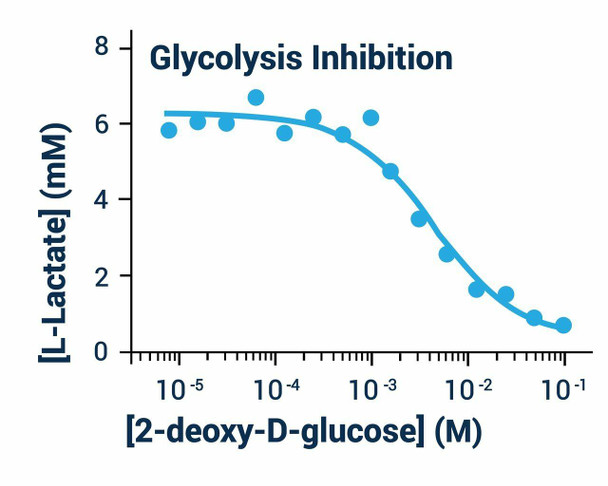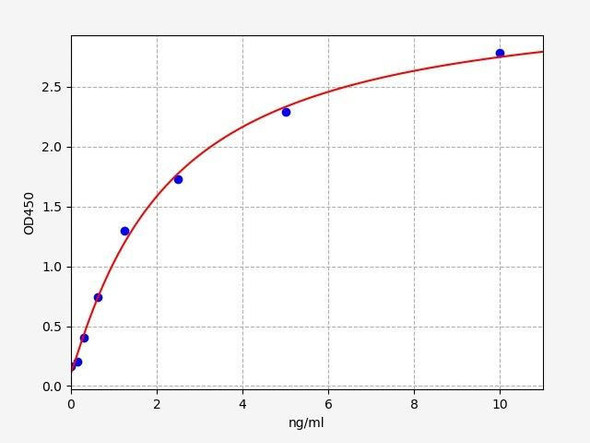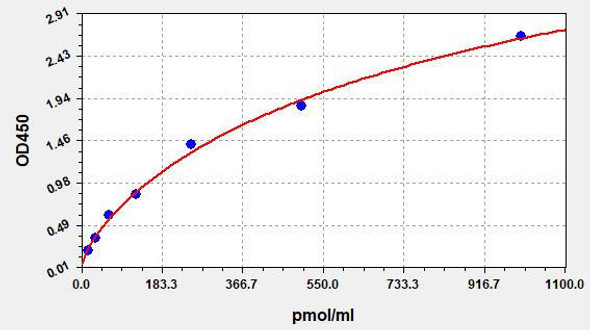

Glycolysis Assay Kit - Information
Assay Genie's Glycolysis assay kit is based on measuring the production of L-Lactate from glycolysis in cells. L-Lactate that is secreted into the cell media when glycolysis occurs and is quantified using a coupled reaction involving the lactate dehydrogenase catalyzed oxidation of L-lactate that generates pyruvate and NADH which reduces a formazan dye. The intensity of the reduced dye, measured at 565 nm, is directly proportional to the L-lactate concentration in the sample, which in turn is directly proportional to rate of glycolysis in the cells.
Applications
Direct determination of L-Lactate produced by glycolysis in cell samples. Screening of glycolysis inhibitors.
Glycolysis Assay Kit - Key Features
- Fast and sensitive. Use of 5 uL sample. Linear detection range up to 10 mM L-lactate in 96-well plate assay.
- Convenient. The procedure involves adding a single working reagent, and reading the absorbance after 30 minutes. Room temperature assay. No 37°C heater is needed.
- High-throughput. "Add-mix-read" type assay. Can be readily automated as a high-throughput 96-well plate assay for thousands of samples per day.
Glycolysis Assay Kit - Data Sheet | |
| Kit Includes | Reagent: 12 mL Standard: 250 uL |
| Kit Requires | Pipetting devices, centrifuge tubes, clear flat-bottom 96-well plates, and plate reader |
| Method of Detection | OD565nm |
| Detection Limit | NA |
| Samples | Cell media |
| Species | All |
| Protocol Length | 30 min |
| Size | 100 tests |
| Storage | Store all components at -20°C upon receiving |
| Shelf Life | 6 months |
More Details
GLYCOLYSIS is one of the major metabolic pathways cells undergo to produce energy and results in the production of pyruvate. One of the eventual fates of pyruvate from this process is lactate dehydrogenase converting it to L-lactate via lactic acid fermentation allowing L-lactate to serve as an indicator of glycolysis.








